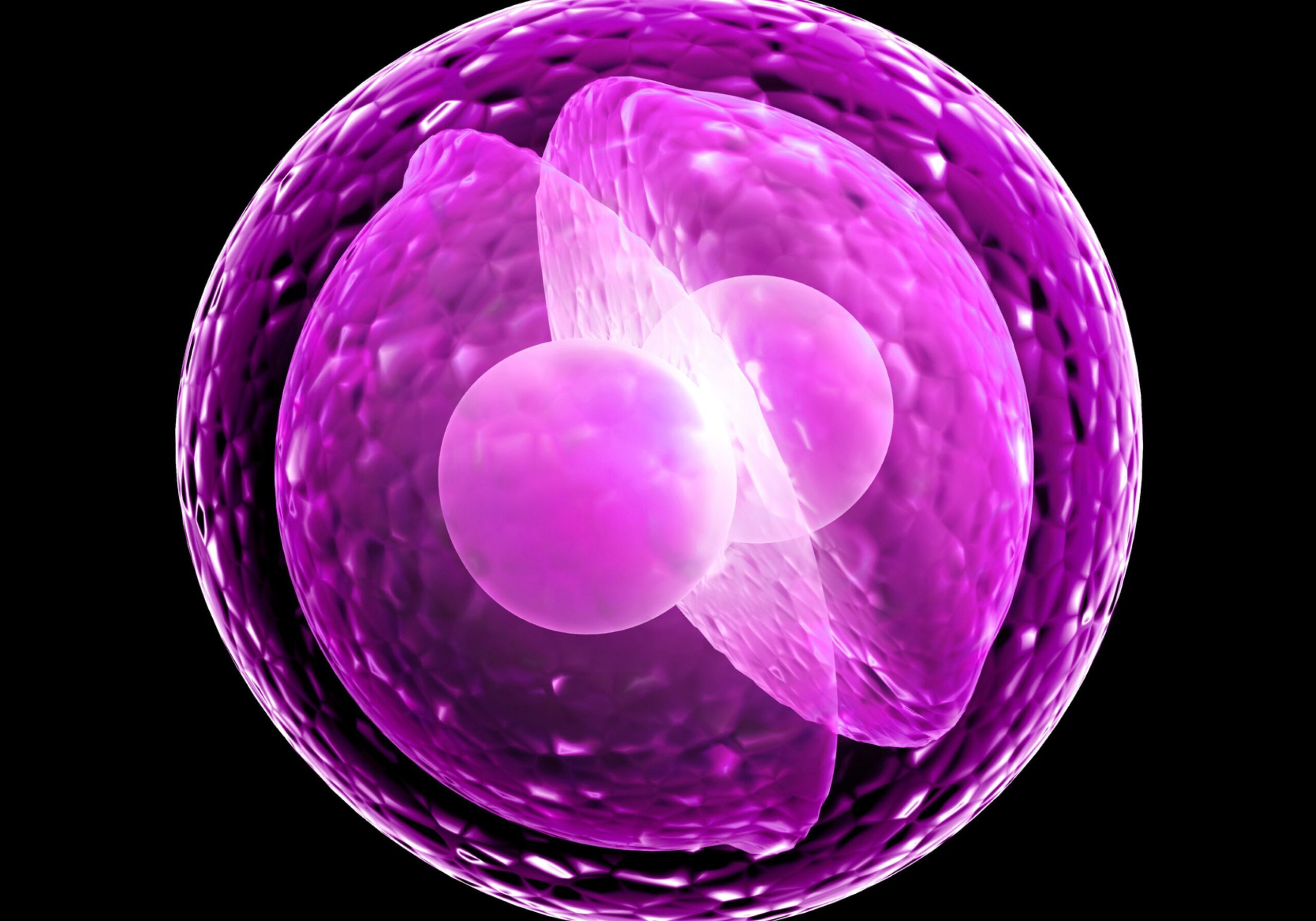HOME >> CONFERENCE >> THEMES >> THE WORLD WE FORM
The World We Form: Cells to Babies

How can studying the transformation of simple cells to living organisms help us understand human development?
We will illuminate key stages in early human development, address novel systems to study developmental milestones, and discuss ways to better understand early health and disease trajectories that may offer new opportunities for diagnosis, treatment, and disease prevention, starting from the earliest stages of our lives.
New generations of all species, including humans, are formed from cells within existing organisms. These cells divide and grow in an exquisitely orchestrated fashion, forming specialized tissues that directly interact to create embryos and babies. Studying these early stages of development is crucial in order to understand the origins of human life and to identify potential health issues that have their roots in these earliest stages, yet manifest later in life.
The very early cells that are formed from the fusion of our germ cells, the egg and the sperm, have the capacity to morph into every cell type in the body. These early cells are called pluripotent cells, and their differentiation results in the proper formation of future organisms. By studying these very early cells, we have been able to identify key factors involved in early embryonic development and differentiation, which has greatly contributed to our understanding of early human development.
As the key processes that shape the development and differentiation of cells and the formation of tissues occur inside our bodies, studying these processes in the lab — outside our bodies — can be extremely challenging, requiring the most advanced analytical approaches, imaging technologies, and engineered systems. Such tools allow us to track the complex players and intricate communication among cells as they differentiate. Cells can be assembled outside the body and encouraged to form tissues in a manner that replicates the processes that take place inside the body. Such assembly of different cell types leads to the formation of structures that mimic organs and are, hence, known as organoids. Engineered scaffolds may be needed to facilitate the formation of three-dimensional structures that mirror the tissue interactions inside our bodies. Advances in such technologies, and their use in studies of pregnancy, have led to a deeper understanding of the complex processes involved in human development. Organoids can also be exposed to influences that shape fetal development and are used to model tissue response to these changes.
Research on pregnancy has been critical in understanding early human development. By studying the different stages of pregnancy and the interactions between the developing embryo and the mother, we can identify the factors that influence fetal growth and development. This knowledge has been instrumental for monitoring fetal development and identifying potential health issues that may arise during pregnancy and beyond. The use of early developmental information may allow us to advance new treatments and interventions to improve human health and reduce the risk of diseases across our lifespan.
With this focus on the world we form, we hope to illuminate key stages in early human development, address novel systems to study these developmental milestones without risk to the developing embryo, and discuss ways to better understand early health and disease trajectories that may offer new opportunities for diagnosis, treatment, and disease prevention, starting from the earliest stages of our lives.
